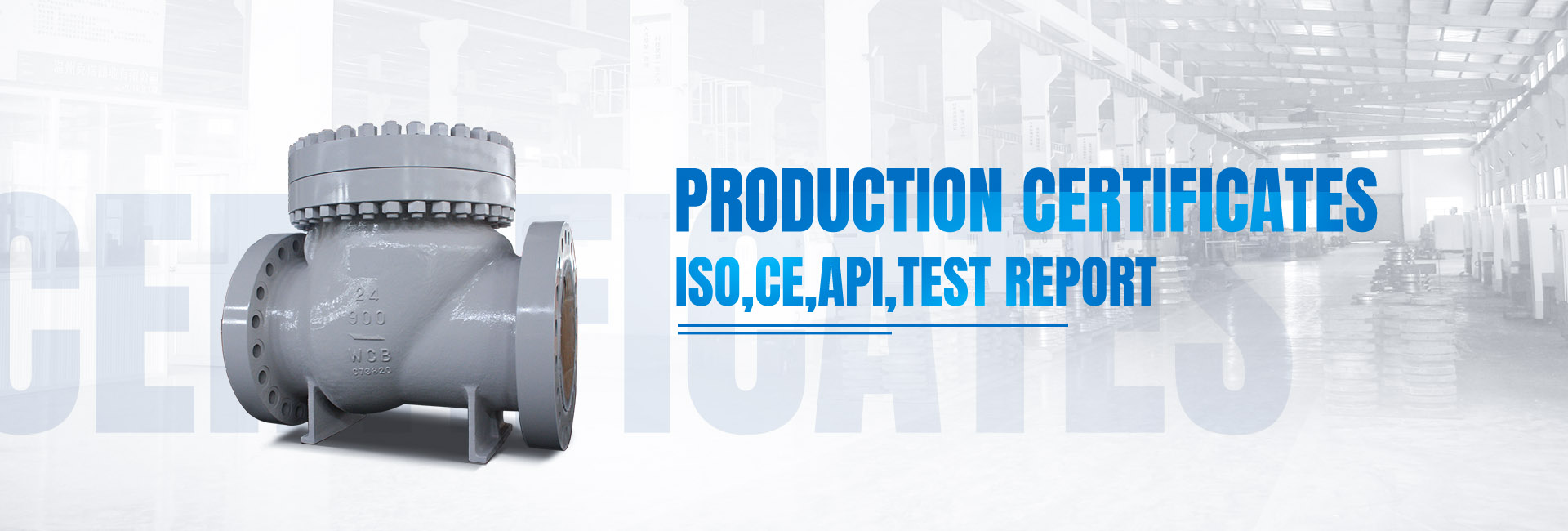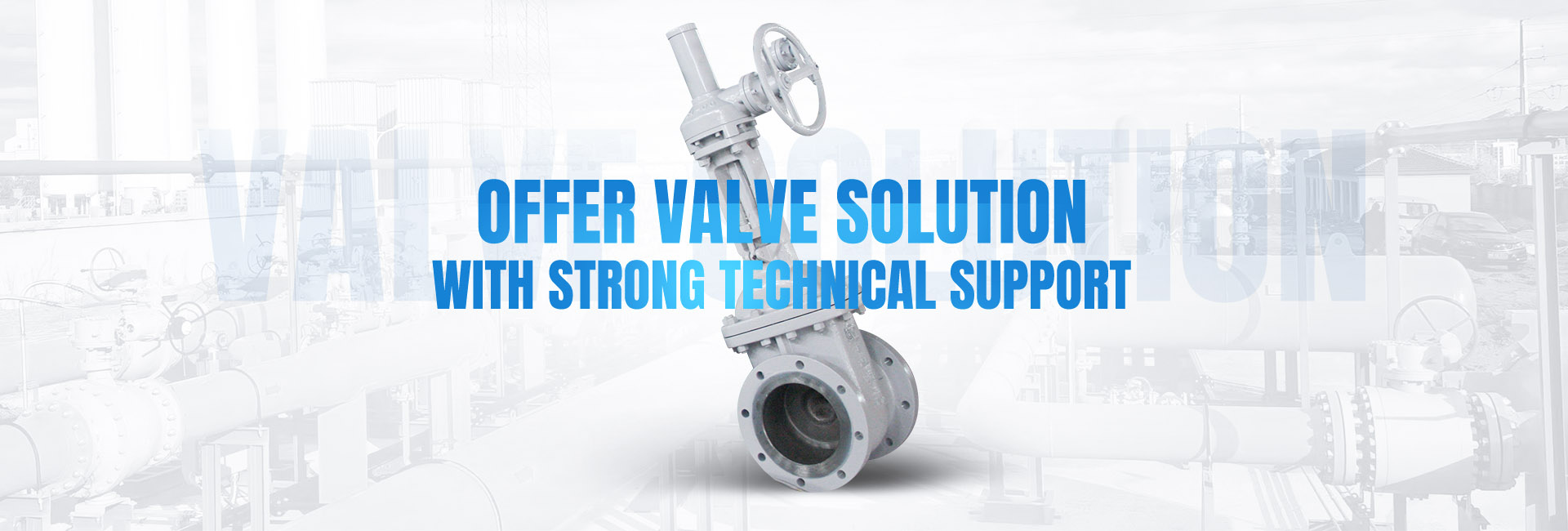There will be defects in any casting. The existence of these defects will bring great hidden danger to the internal quality of the casting. The welding repair to eliminate these defects in the production process will also bring a great burden to the production process. . In particular, as the valve is a thin-shell casting that is subjected to pressure and temperature, the compactness of its internal structure is very important. Therefore, the internal defects of castings become the decisive factor affecting the quality of castings.
The internal defects of valve castings mainly include pores, slag inclusions, shrinkage porosity and cracks.
Here will introduce the one of main defects —-slag inclusions and cracks
(1) Sand inclusion (slag):
Sand inclusion (slag), commonly known as trachoma, is an incoherent circular or irregular hole in the inside of the casting. The hole is mixed with molding sand or steel slag, and the size is irregular. Gathered in one or more places, often in the upper part.
Causes of sand inclusion (slag):
Slag inclusion is formed due to the discrete steel slag entering the casting with the molten steel during the smelting or pouring process of molten steel. Sand inclusion is caused by insufficient compactness of the cavity during molding. When molten steel is poured into the cavity, the molding sand is washed up by the molten steel and enters the inside of the casting. In addition, improper operation when repairing and closing the box, and the phenomenon of sand loss is also the cause of sand inclusion.
Methods to prevent sand inclusion (slag):
①When molten steel is smelted, exhaust and slag should be exhausted as thoroughly as possible. After the molten steel is released, it should be calmed in the ladle, which is conducive to the floating of the steel slag.
② The pouring bag of molten steel should not be turned over as much as possible, but a teapot bag or a bottom pouring bag, so as to prevent the slag on the upper part of the molten steel from entering the casting cavity along the molten steel.
③ Casting slag measures should be taken when the molten steel is poured to minimize the steel slag entering the cavity with the molten steel.
④In order to reduce the possibility of sand inclusion, ensure the compactness of the sand mold when molding, be careful not to drop the sand when repairing the mold, and blow the mold cavity clean before closing the box.
(2)Cracks:
Most of the cracks in castings are hot cracks with irregular shapes, penetrating or non-penetrating, continuous or intermittent, and the metal at the crack is dark or has surface oxidation.
There are two reasons for cracks: high temperature stress and liquid film deformation.
High temperature stress is the stress formed by the shrinkage and deformation of molten steel at high temperature. When the stress exceeds the strength or plastic deformation limit of the metal at this temperature, cracks will occur. Liquid film deformation is the formation of liquid film between the grains of molten steel during solidification and crystallization. With the progress of solidification and crystallization, the liquid film is deformed. When the deformation amount and deformation speed exceed a certain limit, cracks occur. The temperature range of hot crack generation is about 1200-1450 °C.
Factors that cause cracks:
①S and P elements in steel are harmful factors that cause cracks. Their eutectic with iron reduces the strength and plasticity of cast steel at high temperature, resulting in cracks.
②The slag inclusion and segregation in the steel increase the stress concentration, thus increasing the tendency of hot cracking.
③ The greater the linear shrinkage coefficient of the steel grade, the greater the tendency of thermal cracking.
④The greater the thermal conductivity of the steel grade, the greater the surface tension, the better the high temperature mechanical properties, and the smaller the tendency of thermal cracking.
⑤ The structural design of the casting is not good in manufacturability. For example, the fillet is too small, the wall thickness difference is too large, and the stress concentration is serious, which will cause cracks.
⑥ The compactness of the sand mold is too high, and the poor concession of the core hinders the shrinkage of the casting and increases the tendency of cracks.
⑦ Others such as improper arrangement of pouring risers, too fast cooling speed of castings, excessive stress caused by cutting pouring risers and heat treatment will also affect the generation of cracks.
In view of the causes and influencing factors of the above cracks, corresponding measures can be taken to reduce and avoid the occurrence of crack defects.
Based on the above analysis of the causes of casting defects, find the existing problems, and take corresponding improvement measures, a method to solve the casting defects can be found, which is beneficial to the improvement of the casting quality.
Post time: Aug-11-2022



